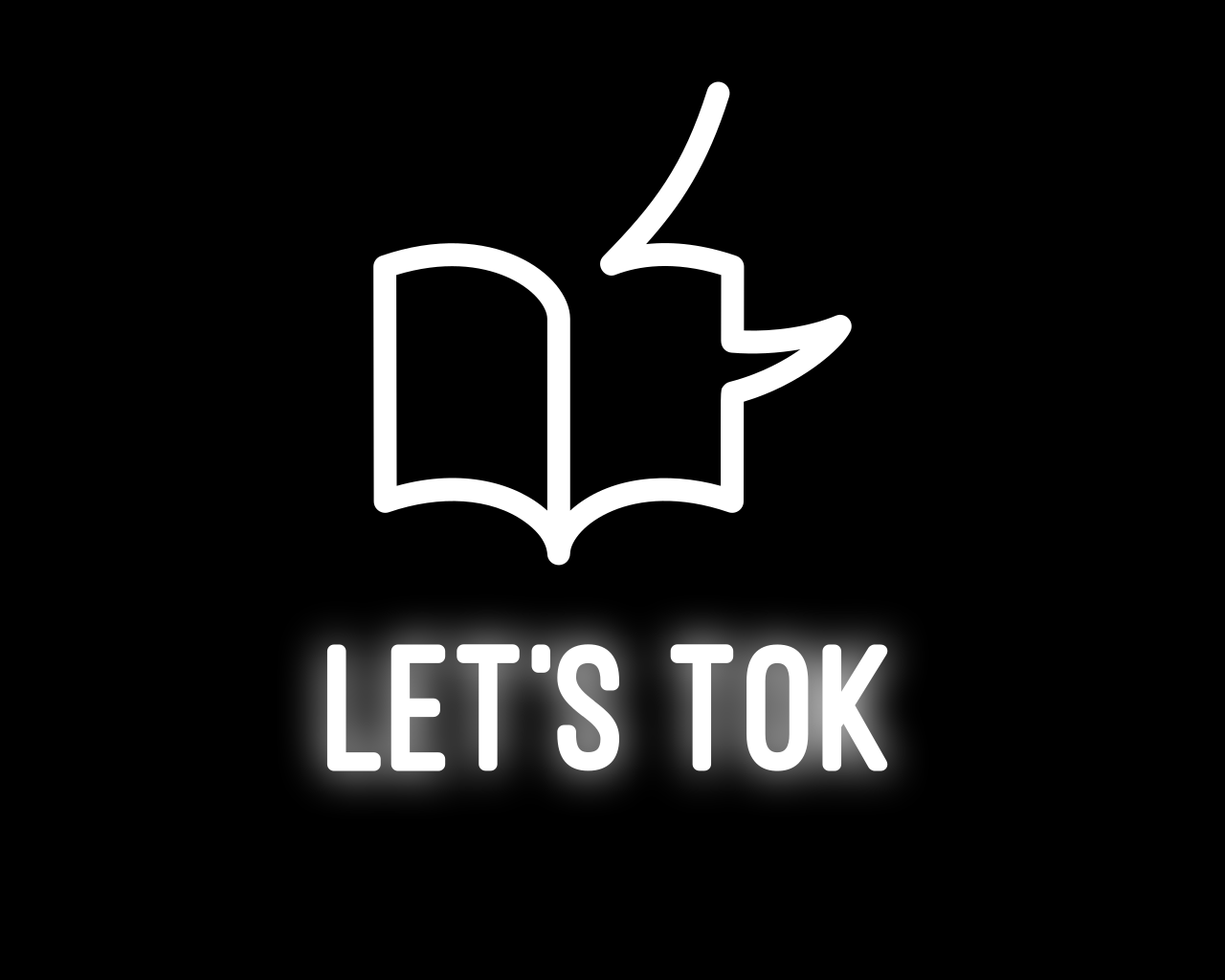
“Your strength is your weakness.” Majeed.
In the quest for personal growth and development, it becomes imperative to recognize that our greatest strengths often coexist with our most pronounced weaknesses. This intriguing interplay between strengths and weaknesses shapes our character and abilities. In this exploration, we delve into the intriguing concept that “Your Strength is Your Weakness,” dissecting its implications and presenting effective strategies to mitigate our vulnerabilities while harnessing the power of our strengths, ultimately fostering a path towards self-improvement and success.
How does experiencing different cultures cultivate your strength?
Experiencing different cultures can build your strength in two ways:
1. Enhancing Adaptability and Resilience
Experiencing different cultures provides individuals with unique opportunities to enhance their adaptability and resilience. When exposed to diverse customs, traditions, and lifestyles, individuals are compelled to step out of their comfort zones and navigate unfamiliar situations. This exposure fosters adaptability as one learns to adjust their behaviors, communication styles, and problem-solving approaches to fit into a new cultural context.
Dealing with challenges in an unfamiliar environment also builds resilience, as individuals learn to bounce back from setbacks and develop a deeper understanding of their own capabilities. Furthermore, experiencing diverse cultures encourages individuals to embrace change and view it as an opportunity for growth rather than a hindrance, ultimately cultivating their strengths in handling life’s uncertainties.
2. Fostering Empathy and Emotional Intelligence
Cultural immersion nurtures empathy and emotional intelligence by deeply understanding others’ perspectives, emotions, and experiences. Interacting with people from different cultural backgrounds allows individuals to recognize and appreciate the richness of human diversity. This exposure promotes empathy as individuals become more attuned to the struggles and triumphs of others, breaking down barriers of misunderstanding and prejudice.
Developing emotional intelligence through cross-cultural experiences enables individuals to manage their emotions effectively, empathize with others, and communicate more compassionately. Empathy and emotional intelligence are invaluable strengths that empower individuals to build stronger interpersonal relationships, resolve conflicts amicably, and lead with empathy, making them more effective and influential personally and professionally.
The SWOT analysis
“There is suffering in seeking.” Majeed.
The SWOT analysis is a powerful tool employed by coaches and individuals alike to identify and address weaknesses effectively. By delving into the four key components—Strengths, Weaknesses, Opportunities, and Threats—this analysis allows individuals to gain comprehensive insights into their personal or professional situations. Understanding these aspects not only highlights areas for improvement but also presents opportunities for growth and development.
1. Strengths: Embracing Your Strong Points
The first step in mitigating weaknesses is to acknowledge and leverage your strengths. Identifying your strengths helps you capitalize on your core competencies and build a solid foundation for personal growth. Whether it’s exceptional problem-solving skills, effective communication, or creativity, recognizing and nurturing these strengths can boost your confidence and overall performance. Integrating strengths into strategies for tackling weaknesses can create a positive ripple effect, empowering you to overcome challenges more effectively.
2. Weaknesses: Confronting Limitations for Growth
Facing weaknesses head-on is a crucial aspect of the SWOT analysis. Identifying weaknesses allows honest self-assessment and a chance to work on areas that may hinder progress. By acknowledging and addressing these limitations, individuals can develop action plans to improve skills or acquire new ones. Embracing a growth mindset, where weaknesses are viewed as opportunities for development, fosters continuous learning and adaptability.
3. Opportunities: Transforming Weaknesses into Prospects
The SWOT analysis also explores opportunities that arise from weaknesses. By recognizing potential areas for improvement, individuals can proactively transform weaknesses into prospects. Seeking learning opportunities, training programs, or mentorship can enhance skills and alleviate weaknesses. Embracing challenges and taking calculated risks can further turn weaknesses into stepping stones for personal and professional growth. Viewing weaknesses as opportunities to learn and evolve enables individuals to approach difficulties with a positive and growth-oriented attitude.
4. Threats: Identifying External Challenges
In the SWOT analysis, threats represent external factors that could exacerbate weaknesses. These may include market shifts, technological advancements, or competition in professional settings. Identifying potential threats helps individuals anticipate challenges during the mitigation process. It empowers them to devise contingency plans and remain resilient when faced with adverse circumstances. Understanding threats can also aid in leveraging strengths and opportunities to counteract external challenges effectively.
Identifying your core values
Identifying your core values is a critical aspect of mitigating your weaknesses. Core values represent the fundamental principles and beliefs that guide your decisions, actions, and behaviors. When you are aware of your core values, you gain a deeper understanding of what truly matters to you and what motivates you. This self-awareness enables you to recognize and acknowledge your weaknesses more effectively.
By aligning your actions with your core values, you can make conscious choices that help you overcome challenges and compensate for your shortcomings. For instance, if integrity is a core value, you may prioritize honesty and transparency to address any trustworthiness-related weaknesses. Additionally, knowing your core values aids in setting meaningful goals and seeking opportunities that resonate with your principles, ultimately empowering you to grow and thrive in both personal and professional realms. Embracing your core values provides a solid foundation for self-improvement, leading to a more balanced and fulfilling life.
Conclusion
In conclusion, the adage “Your strength is your weakness” emphasizes the interconnectedness of our strengths and weaknesses, urging us to recognize that the very qualities that make us exceptional can also be potential vulnerabilities. By acknowledging and understanding our weaknesses, we open doors to personal growth and development. To mitigate these weaknesses, a proactive approach is crucial: honest self-assessment, seeking feedback, and embracing continuous learning are key.

Recent Comments